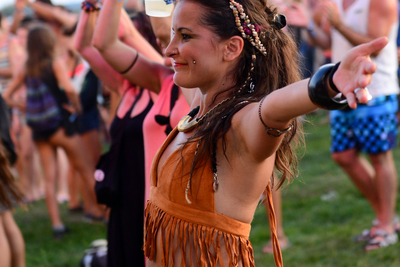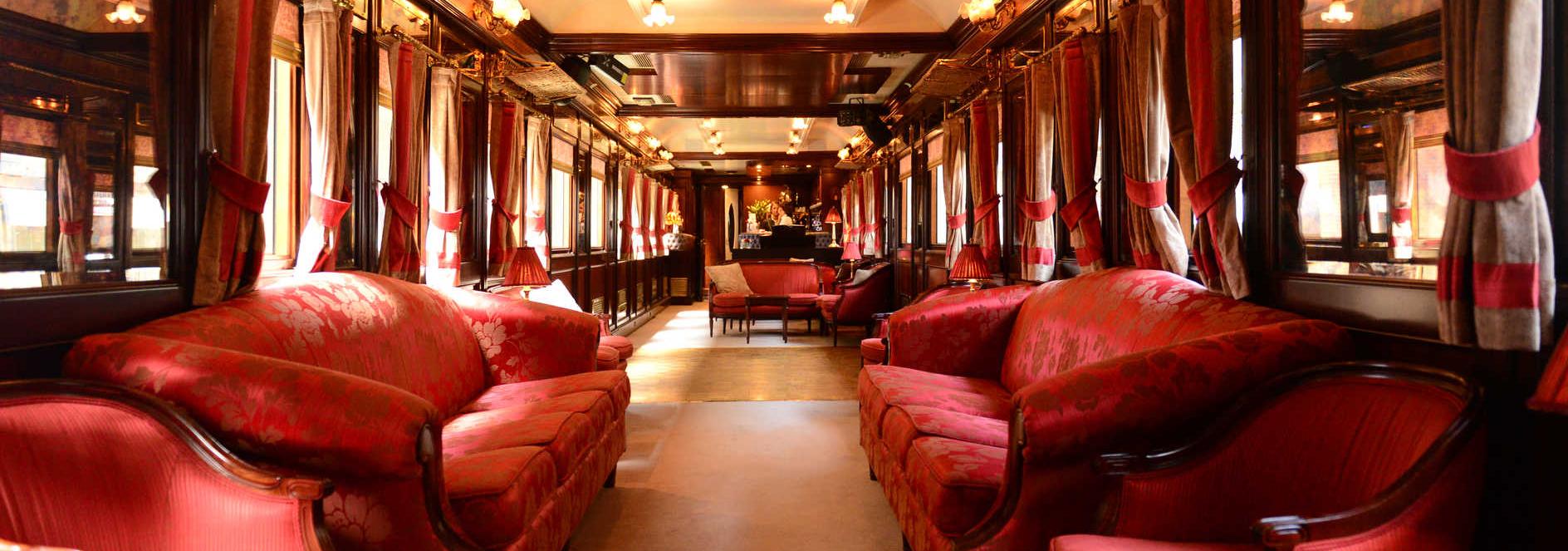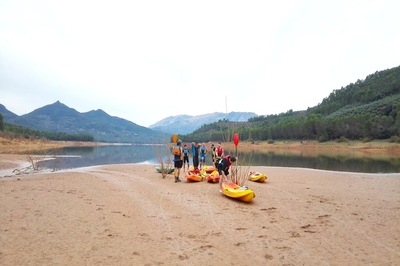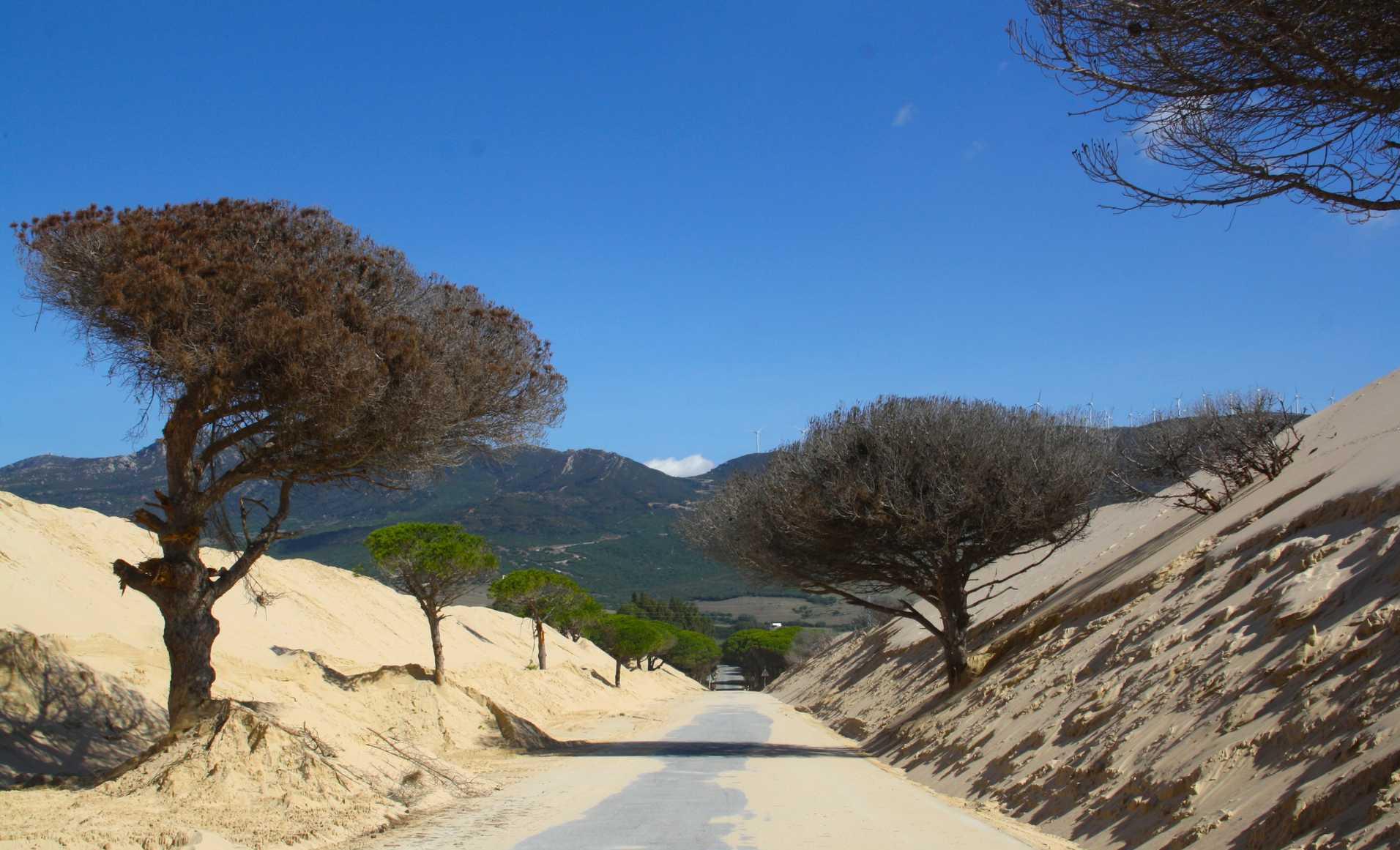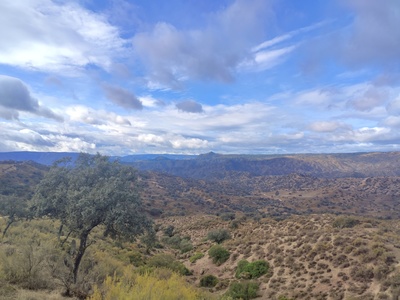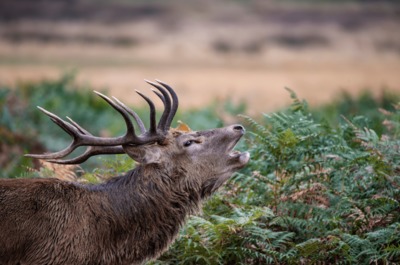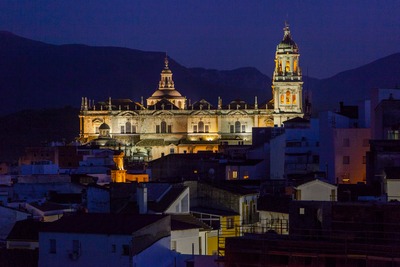Iberian sanctuaries in Jaén: La Cueva de la Lobera
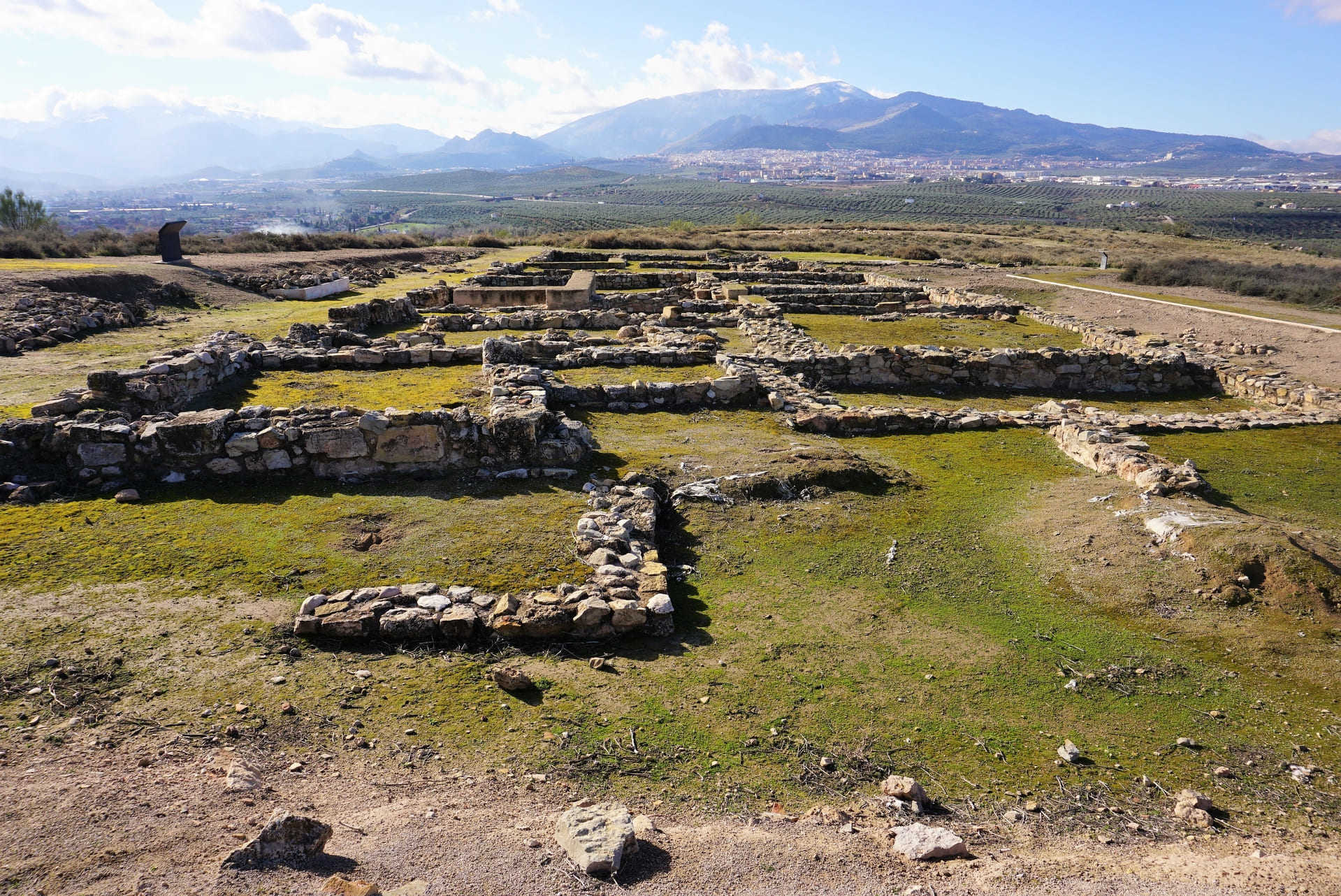
The province of Jaén represents a high point for Iberian culture. It is a territory with magnificent fortified cities, oppidums and torrus, as well as necropolises and sanctuaries, like La Cueva de la Lobera in Castellar, La Cueva de los Muñecos in Santa Elena and those located in the oppidum of Puente Tablas, on the outskirts of Jaén.
This extraordinary archaeological heritage left by the Iberian culture in the province of Jaén, between the 7th and 1st centuries BC. is unique in the world and has led to the creation of an interesting tourist route called "A Journey to the Time of the Iberians". The project is promoted by the Provincial Government of Jaén, in coordination with the different town councils and with the collaboration of the Ministry of Culture and the Andalusian Centre for Iberian Archaeology at the University of Jaén, which in recent years has been extended to the neighbouring provinces of Granada and Córdoba.
The itinerary includes archaeological sites, museums, visitor centres and a wide variety of experiences, that enable research into their beliefs with regard to the afterlife. The remains found show us that the Iberians were cremated in well-organised necropolis next to the oppidas, or large and small townships that extolled the power of their lineages by building extraordinary fortifications. The tombs and their grave goods were a true reflection of the social classes.
The Iberians and the afterlife
The sanctuaries were in very beautiful and attractive settlements and consisted mainly of sacred areas where the Iberians connected with their divinities. One of the most important is located in the Sanctuary of La Cueva de la Lobera in Castellar, a place full of magic and history. It stood under a rocky ledge, in a strategic location next to the Via Heracleia, an important communication route that represented the border of the Oretani kingdom of Cástulo.
It was built taking advantage of three natural caves, and this sacred place had as its main nucleus the cave known as the Cueva de la Lobera, which had a number of artificial terraces in front for different religious purposes. A large number of bronze votive offerings were recovered from the site and these now on display in a number of museums in Europe, as well as in the Museum in Castellar. As well as visits to the cave and to the museum, to coincide with the spring and autumn equinoxes, a number of interesting activities are organised, including historical recreations, craft workshops and the production of votive offerings, theatrical performances and tasting of traditional rose wine.
On this mystical journey through the Iberian culture, another essential visit is to the Cueva de los Muñecos or Cave of the Dolls, which is a part of the Collado de los Jardines Iberian sanctuary in Santa Elena, in the heart of the Despeñaperros Nature Reserve and right next to the Los Órganos Natural Monument. The name of this cave comes from large number of bronze figurines and votive offerings, called "dolls" by the local people. The Iberians produced them as divine offerings, since in many cases they represent human figures in the form of warriors, men, women and children, which in some way contain a request and a commitment to the gods.
Finally, we recommend visiting the exceptional Iberian oppidum in Puente Tablas, in the city of Jaén, which has its own Visitor Centre. At the site, next to the so-called Puerta del Sol or Sun Gate, two interesting sanctuaries have been discovered, one dedicated to a female deity and the other built on terraces featuring a number of caves that were surely part of an oracular rite. On the occasion of the equinoxes, this is where concerts, guided and dramatised tours, children's activities and workshops are organised.

